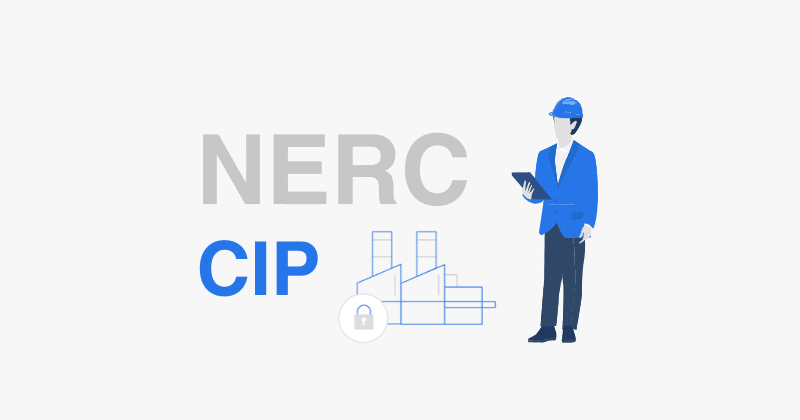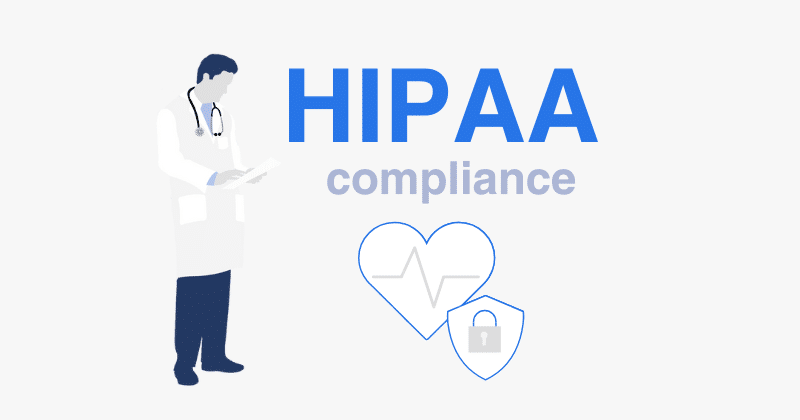Did you know that a staggering 70% of cyberattacks exploit vulnerabilities that we already know about? That’s right – hackers are often using flaws we could have easily fixed. In today’s cyber landscape, where threats are relentless and sophisticated, a robust approach is vital, and that’s where the Zero Trust security model comes into play. Think of it like this: in the old days, we had moats and castle walls. Now, with Zero Trust Patching, we assume everyone inside is also potentially a threat, requiring constant verification to address vulnerabilities effectively.
Why Patching is No Longer Just a Checkbox
Patching, once viewed as a compliance chore, is now a mission-critical activity. A vulnerability left unpatched is like leaving a window open in your house – it’s an easy entry point for trouble. We can’t just focus on compliance either. Compliance is like making sure your car has headlights to meet legal requirements, but mission readiness is ensuring the car is ready to drive cross country, no matter the challenges.
Zero Trust: The Game Changer for Patching
So, what does this Zero Trust model actually mean for patching? Well, imagine every device – your laptops, servers, even those smart coffee pots – as individual entities that need protection. Under Zero Trust, everything requires continuous validation. This turns patching into the core of trust. Think of it like this: if you have a leaky roof, you wouldn’t just patch it when it’s raining; you’d fix it proactively to avoid any water damage. It’s about keeping your digital assets in tip-top shape, ensuring they don’t become the weak link in your security chain. And without a defined perimeter anymore, keeping all the software up-to-date is absolutely necessary to prevent breaches.
Mission Readiness is More Than Compliance
Here’s a crucial distinction: Compliance is about meeting regulations – like having your car inspected. Mission readiness is about your car actually being ready to go the distance. You wouldn’t go on a cross-country trip in a car with faulty brakes just because it passed inspection. The same goes for patching. Compliance can be a starting point, but what’s truly important is the ability to maintain continuous operations against evolving threats. Remember, true security goes beyond simply checking boxes.
Patching: Your Frontline Defense
Within a Zero Trust framework, patching is not optional. It’s not a “nice to have”— it’s a “must-have”. Delayed patching in a Zero Trust environment is like leaving your front door unlocked. Every unaddressed vulnerability is a potential pathway for an attacker. Organizations striving for operational resilience must make patch management a core part of their strategy.
Actionable Steps for Effective Patch Management
Let’s get practical. Here’s how you can move beyond just ‘doing’ patching, to doing it effectively:
-
Understand the Vulnerability Lifecycle: Just like you’d understand how your car works, you need to understand how vulnerabilities work. Stay up-to-date with security advisories, assess the risks of each, and prioritize them based on severity and business impact. Think of it as triage in a hospital – you prioritize the most critical cases first.
-
Automate, Automate, Automate: Manual patching is just not scalable in today’s landscape. Automate the detection and application of patches to drastically reduce vulnerability windows. Like setting up automatic payments for your bills, automation reduces the work you have to do, and makes things consistent.
-
Regular Compliance Audits: Frequent evaluations ensure patches are implemented effectively and align with your security policies and compliance standards.
-
Detailed Documentation: Having clear patching policies streamlines responses and makes audits easier to handle.
Communication and Collaboration: Breaking Down the Walls
A major hurdle? The disconnect between technical teams and business stakeholders. Like a team that needs to collaborate for the best results, these two groups need to see eye-to-eye. It’s essential for everyone to realize that patching isn’t just an IT issue, it’s a business investment.
Here’s how we can break down these walls:
-
Regular Joint Risk Assessments: Bring technical and business teams together to discuss and resolve any concerns about patching and operational continuity. Open communication is key here.
-
Transparency: Communicate the significance of patching in a clear and straightforward way across the organization. When people understand the “why,” they’re more likely to be on board.
Building a Security-First Culture
Ultimately, the strongest defense is a security-conscious culture. This means:
-
Employee Training: Regularly train employees on the importance of patching and overall security. It’s like having regular driving refreshers so that people stay safe on the roads.
-
Awareness Programs: Keep security on everyone’s mind. Security is everyone’s responsibility, not just IT’s.
The Future is Patching, and Patching is the Future
To wrap it up, in this evolving world of cybersecurity, patch management is no longer optional. It must be aligned with mission readiness. We can’t view patching just through the lens of compliance. Think of patching as the seatbelt you wear when you drive, it may not seem like much when things are going smoothly, but when things go bad, it is absolutely essential. By embracing comprehensive patch management, and intertwining it into the overall organizational fabric, businesses can effectively navigate the complicated world of cybersecurity and thrive.
So, let’s make patching a priority and not just a task. It’s the bedrock of security and it’s time to treat it as such. This will help your organization strengthen its security posture, improve resilience, and ensure compliance.






